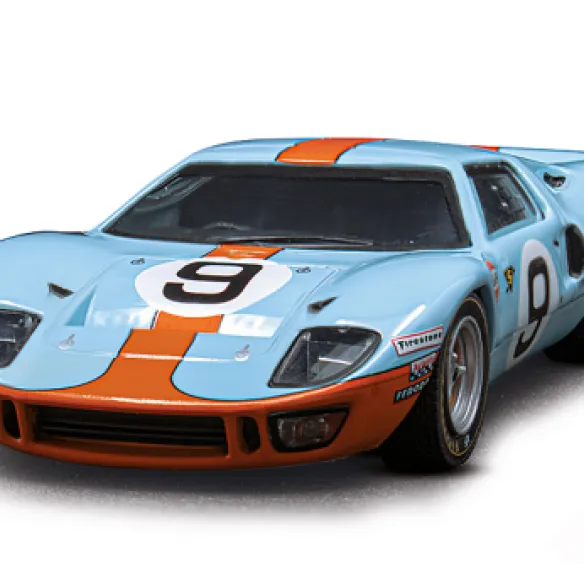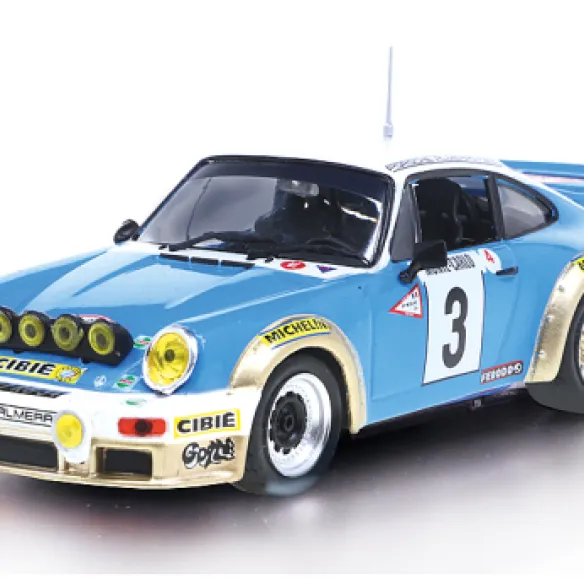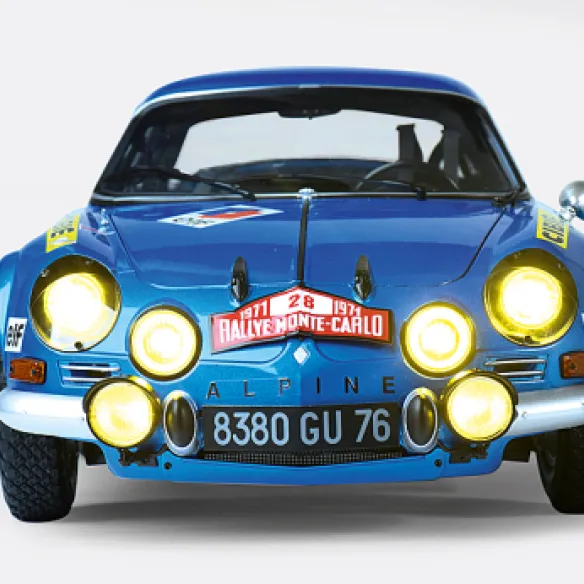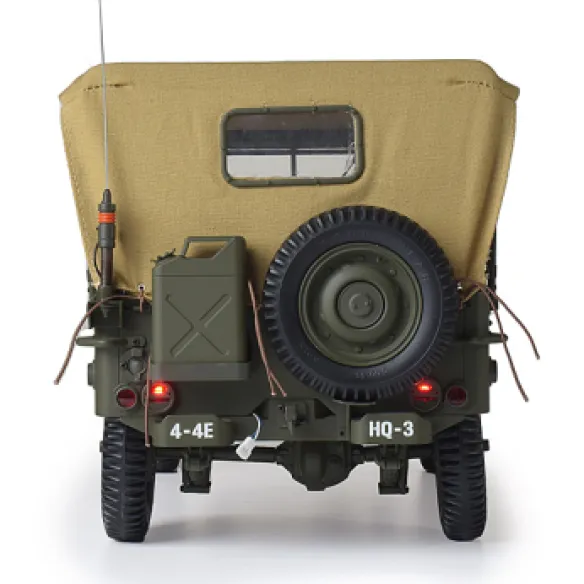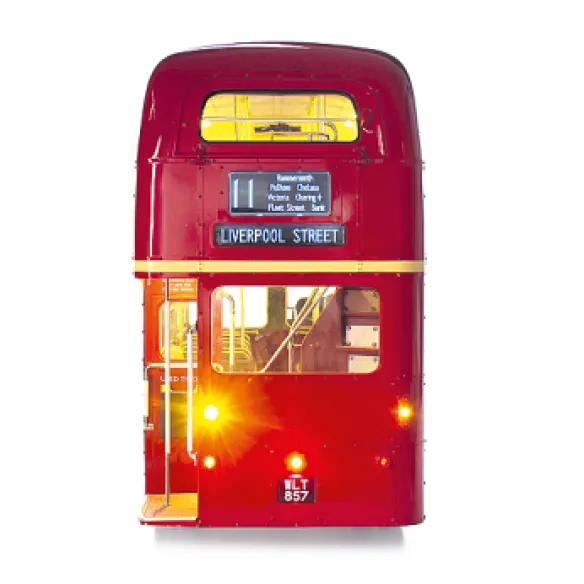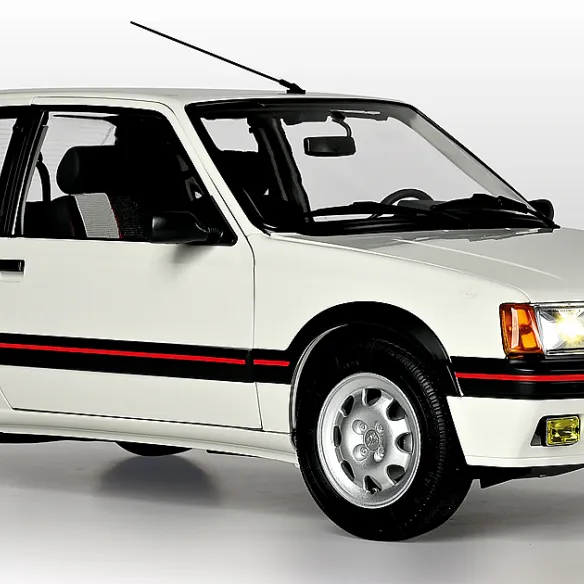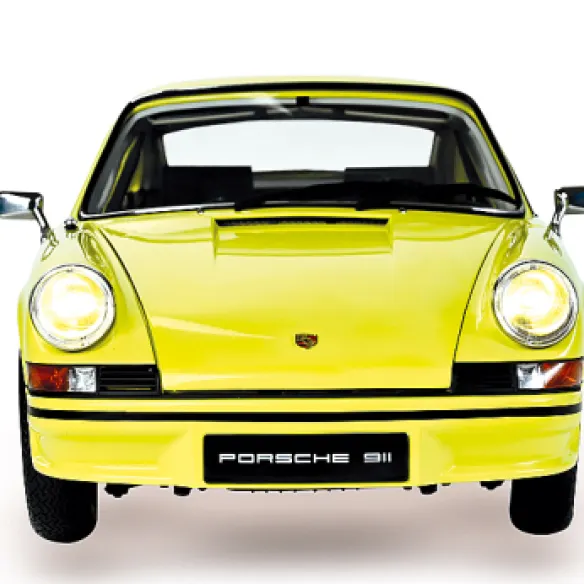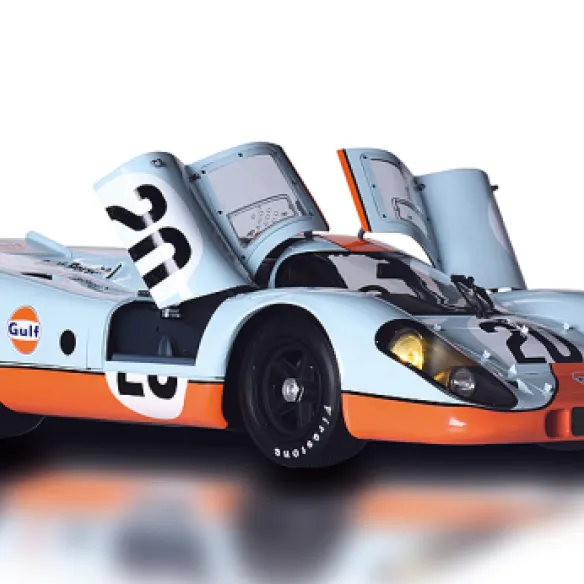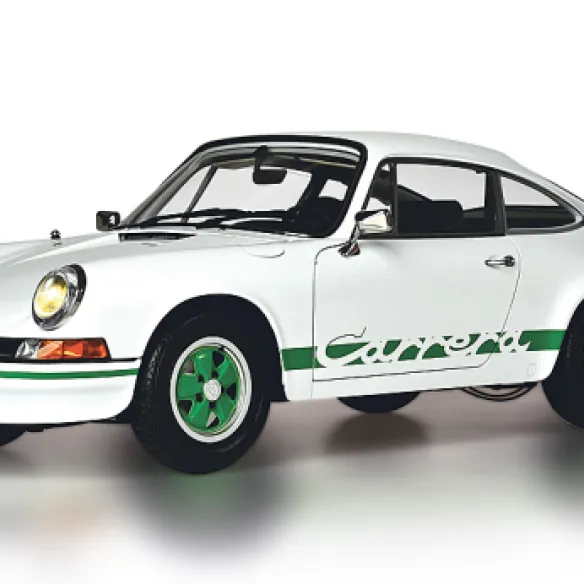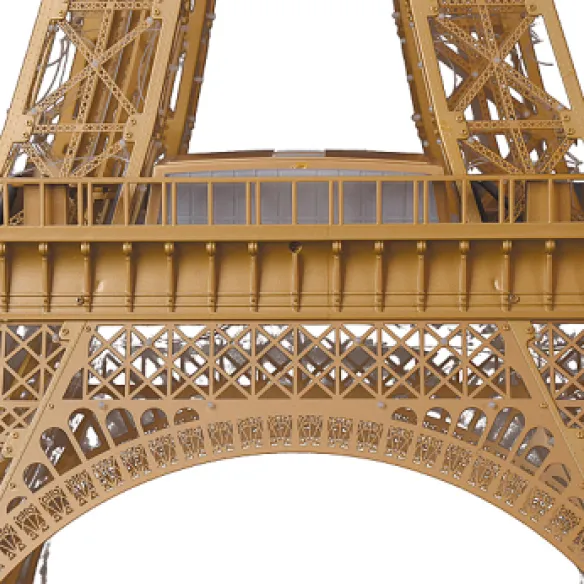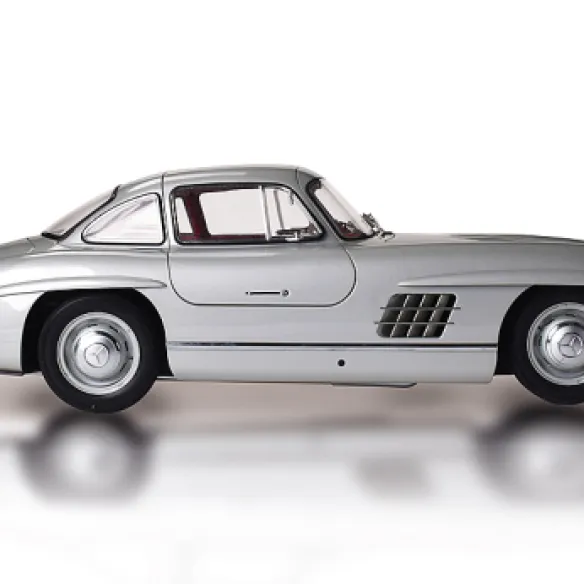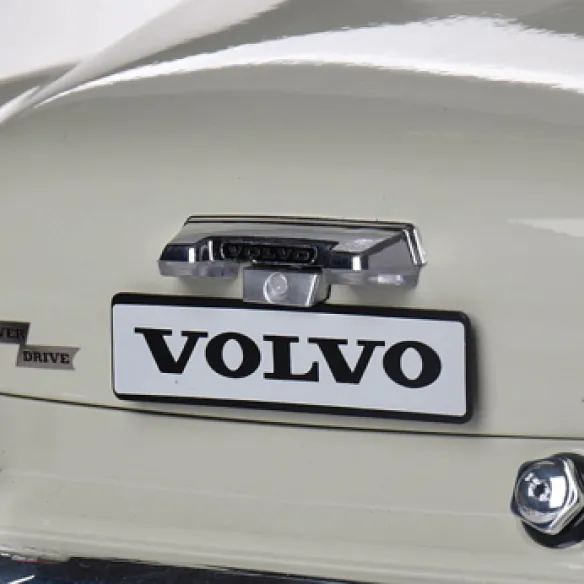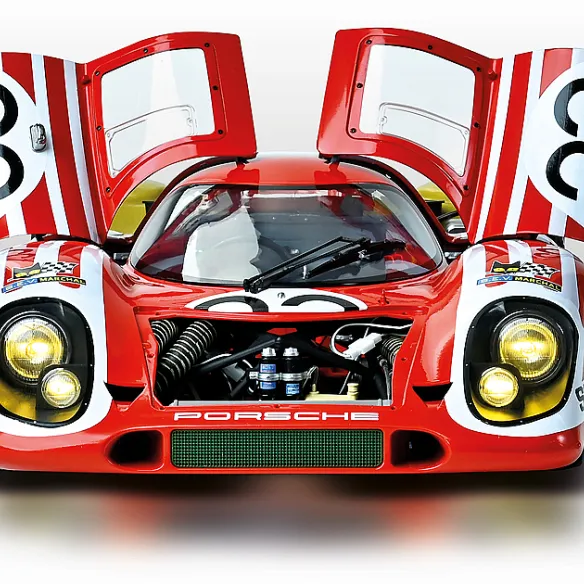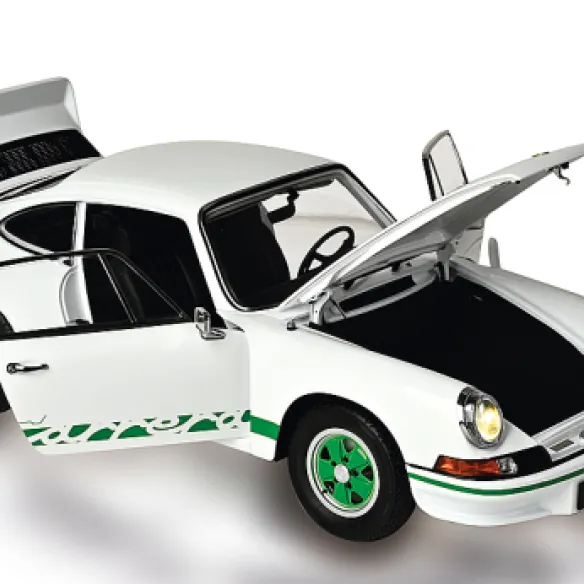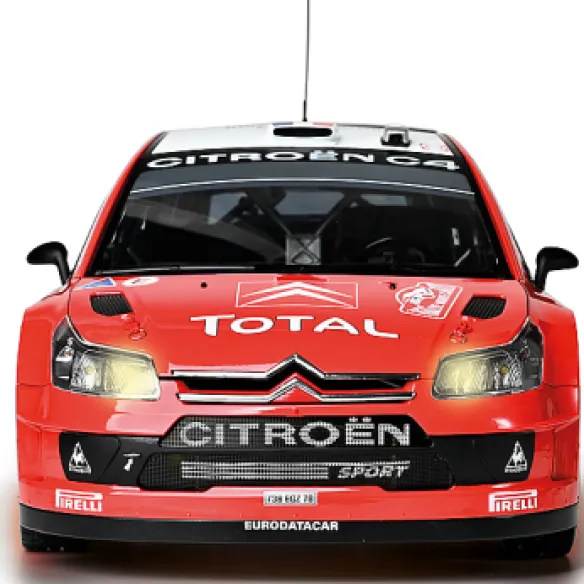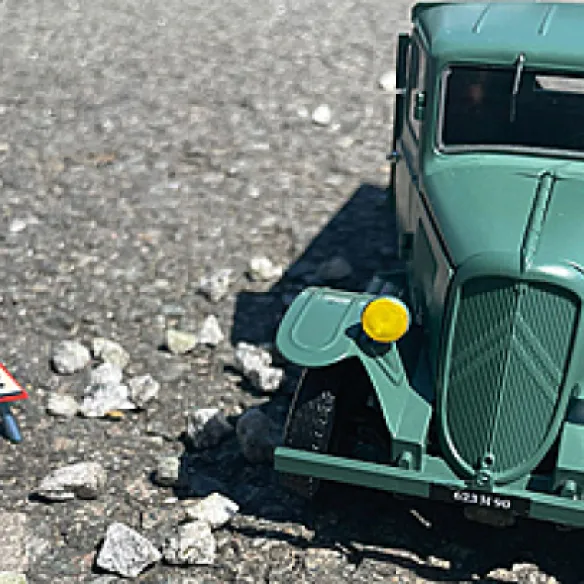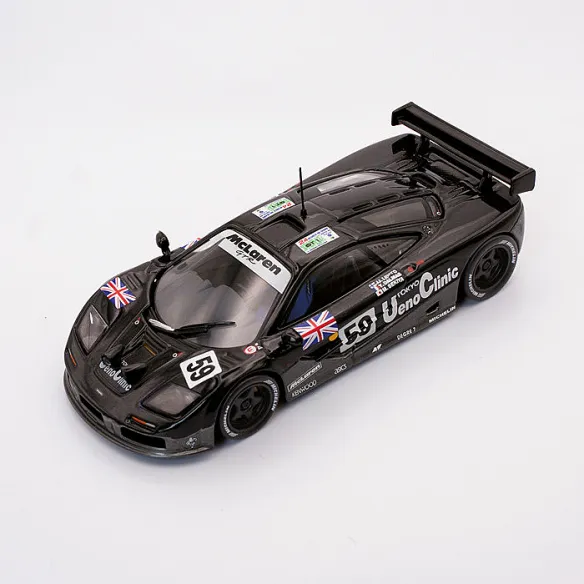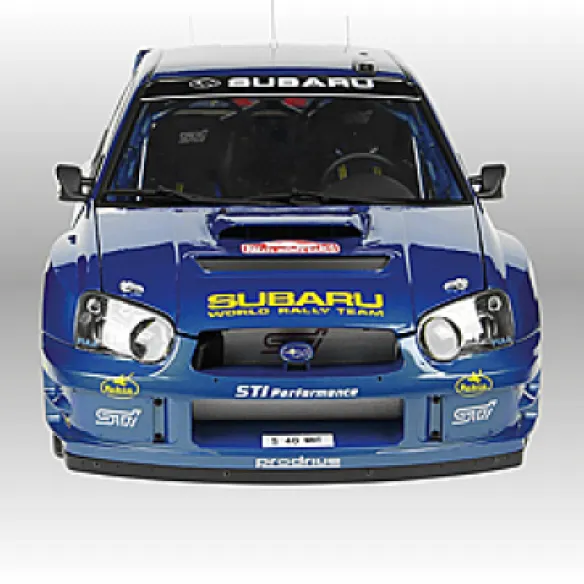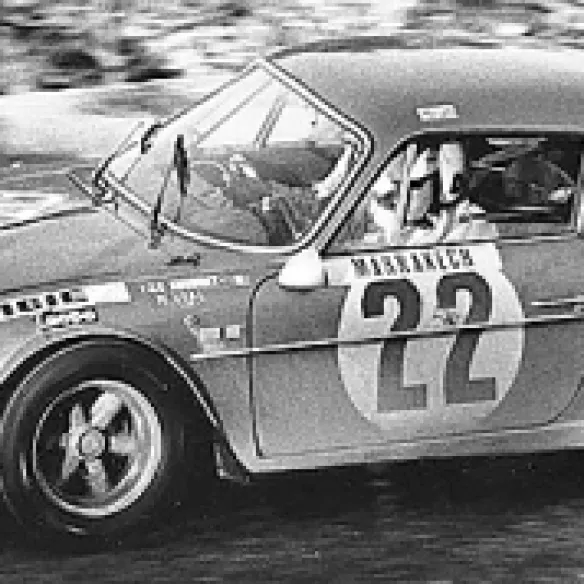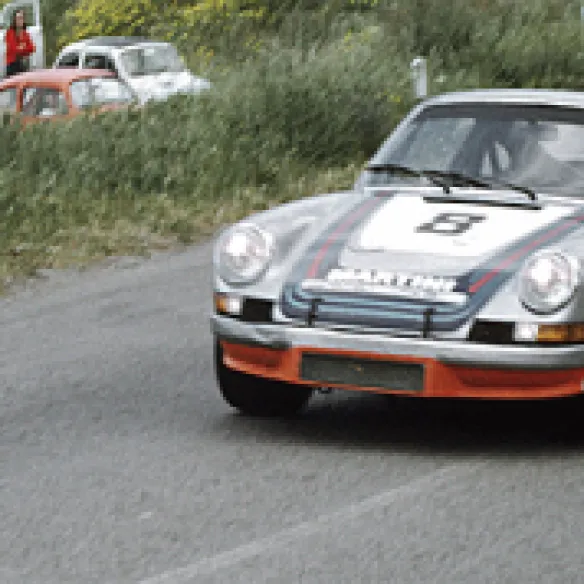
By opting for the Turbo, following the example of Porsche a few years earlier, Alpine-Renault commenced a technological development that would take the company to the very top of international motorsport, both in Endurance with victory in the 1978 24 Hours of Le Mans and in Formula 1 the following decade. To support that change, the Alpine A442's traditional blue bodywork was replaced by Renault-Sport's yellow, white and black livery.
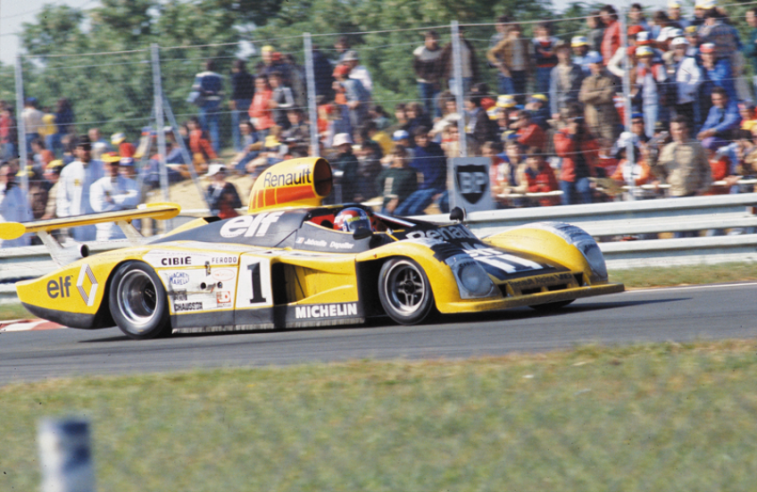
At the 1978 Le Mans 24 Hours, the A443 of Jean-Pierre Jabouille and Patrick Depailler ( pictured here at the wheel) was forced to withdraw at the 20th hour due to a broken engine. © IXO Collections SAS - Tous droits réservés. Crédits photo © Renault D.R. / Archives et Collections
After the A220 failed to win the 1969 Le Mans 24 Hours, Alpine-Renault withdrew from Endurance racing at the end of the season. This discipline was temporarily abandoned in favour of rally racing and Formula 3 single-seaters, in which the Alpine brand distinguished itself brilliantly. At the beginning of the 1970s, the A110 Berlinette, considered as the competitor to beat in rallying, won the World Championship in 1971 and 1973. At the same time, Patrick Depailler and Jean-Pierre Jabouille achieved a double victory in the French F3 Championship in 1971, followed by Michel Leclère the following year. This triumphant achievement encouraged Alpine's return to Sport-Prototypes in 1972, with the support of Jean Terramorsi, the new director of Renault's competition department. The European 2-litre Sports Championship, created in 1970, was an ideal category for a return to Endurance racing.

On this rear view of the A442, one can see the rear central longitudinal arrangement of the engine, which is a load-bearing one. © IXO Collections SAS - Tous droits réservés. Crédits photo © Renault D.R. / Archives et Collections
A revival
François Guiter, Director of Competition at Elf, commissioned a suitable 2-litre engine from Renault, Elf's new main partner in sport. In April 1972, the design of a V6 engine was initiated at Renault-Gordini's Viry-Châtillon factory, directed by Georges Sauvan. He was assisted by François Chastaing, the engineering manager, and Jean-Pierre Boudy, while Bernard Dudot was in charge of accessories at the Dieppe factory. In addition, Moteur Moderne, directed by Charles Deutsch, contributed its valuable experience. On November 21st 1972, the Renault-Elf-Gordini 1,996 cc engine was ready to run on the test bench, delivering 270 bhp, and was given the name CH-1 in tribute to Claude Haardt, the engine manager at Renault who had passed away only a week earlier. A new frame now needed to be built to accommodate the engine; this became the A440 designed by André de Cortanze with the assistance of Marcel Hubert for aerodynamics. The car was officially presented in Paris on January 15th 1973 by Marc Ouin, Renault's General Secretary, also announcing that from January 1st, the Régie had acquired a majority of the shares in the Société des Automobiles Alpine. From then on, the Alpine competition programme was to be defined by Renault.

The Alpine A442B that won the 1978 Le Mans 24 Hours is characterized by its bubble cockpit and brushed lateral side panels. © IXO Collections SAS - Tous droits réservés. Crédits photo © Renault D.R. / Archives et Collections
From A 440 to A 442
After a trial run in Dijon, the Alpine A440 made its racing debut at Magny-Cours on May 1st (ranked 4th ), followed one month later by Jean-Pierre Jabouille's victory at Croix-en-Ternois. For the remainder of the 1973 season, the Alpine Renault team worked on the car, renamed A441 during the off-season, after several modifications such as the adoption of a load-bearing engine. This car, which was particularly reliable and consistent, dominated the 1974 European 2-litre Championship: Alain Sepaggi, Jean-Pierre Jabouille and Gérard Larrousse won all the races and claimed the top three places in the final classification. The following year, Alpine-Renault returned to the racing scene by participating in the World Championship in the category Prototypes below 3 Litres, and also in the new category Turbocompressed Prototypes, whose cylinder capacity must not exceed 2.2 Litres (which corresponds to 3 Litres with the corrective factor of 1.4 imposed by the regulations). At the start of the 1975 season, the Alpine team entered both the atmospheric A441/B and an experimental A441 T version, quickly replaced by the A442 chassis specially adapted to the new V6 CHS engine.

Engineer and driver André de Cortanze, responsible for the design of the Alpine-Renault type A440 to A442 from 1973 to 1978. © IXO Collections SAS - Tous droits réservés. Crédits photo © Renault D.R.
Objective Le Mans
The A442 chassis was used with varying degrees of success in 1975, after the Alpine team was outperformed by Alfa Romeo, and again in 1976, when Porsche dominated the field. At the end of the season, Gérard Larrousse, who succeeded Jacques Cheinisse as Sporting Director in January, organised an intensive test programme with the sole objective of winning the Le Mans 24 Hours. If the 1977 edition was a slaughter with the withdrawal of all four A 442 entries, the 1978 edition finally brought recognition to the Renault-Alpine team ( the team’s name since 1976). At the 1978 Le Mans 24 Hours, a final version of the A443 with a 2,138 cm3 V6 engine (520 bhp) was also lined up to serve as a "hare" in the race against the powerful Porsche 936s. After the victory at Le Mans, Renault-Sport decided to focus on Formula 1, where it would further develop the turbo-compression technique tested in Endurance racing.
Successful first performance
The first official appearance of the Alpine A442 ( which was then still a development chassis called A441T) in the Sport-Prototype World Championship took place at the 1,000 Kilometres of Mugello on March 23rd 1975. Jean-Pierre Jabouille and Gérard Larrousse drove it and, despite a small fuel tank that forced them to refuel frequently, they managed to beat the Alfa Romeo 33T of Arturo Merzario who was in the lead of the race. They won by a lap ahead of the Alfa and the following race, in Dijon, was the début of the Alpine A442 in its final version. Despite this unique achievement, Alpine-Renault finished third in the season (54 points), behind Porsche (98 points) and Alfa Romeo (140 points).

The Alpine-Renault A442 has a multi-tubular steel chassis reinforced with aluminium panels. © IXO Collections SAS - Tous droits réservés. Crédits photo © Renault D.R. / Archives et Collections
The V6 Turbo
The CHS turbocharged engine installed in the 1975 Alpine-Renault A442 maintained the same internal dimensions as the earlier CH-1 version, i.e. a displacement of 1,996 cm3 corresponding to 2,795 cm3 with the correction coefficient applied by the regulations to Turbo engines. This 90° open V6 was developed at the end of 1974 by François Castaing's team in collaboration with Bernard Dudot who had studied this technique in the early 1970s in the USA. Featuring a cast iron block with aluminium cylinder heads and a nitrided steel crankshaft, this engine produced power ranging from 490 bhp at 9,900 rpm (maximum torque of 40 mkg at 8,800 rpm) to 520 bhp at 10,000 rpm depending on the configuration. The 2,138cc version installed in the 1978 A443 developed between 520 and 540 hp at 9,900 rpm.

The cylinder heads of the CHS Turbo V6 are embossed with the Gordini logo, one of Renault's historical partners in competition. © IXO Collections SAS - Tous droits réservés. Crédits photo © Renault D.R. / Archives et Collections
A beneficial partnership
Since its creation in 1966, the oil company ELF was interested in competition. The French company initially joined forces with the young and dynamic team Matra Sports, with great success. But when in 1971 the latter entered into a partnership with the manufacturer Simca, the contract with ELF was effectively terminated, as Simca was linked to the Shell brand. Elf suddenly found itself without a partnership in Sport-Prototypes, in particular in the 24 Hours of Le Mans. Since its beginnings, the oil company had been present in all disciplines and François Guiter, head of competition at Elf, decided to support Alpine-Renault's return to Endurance racing from 1972 onwards, as it had already done in Rally and single-seater racing. Beyond the important technical support it provided, Elf gave a new promotional dimension to motor sport in France.

The Renault-Alpine A442B driven by Didier Pironi and Jean-Pierre Jaussaud won the 1978 Le Mans 24 Hours at an average speed of 210.188 km/h. © IXO Collections SAS - Tous droits réservés. Crédits photo © Renault D.R. / Archives et Collections
A new team
In 1976, Renault, then the leading European manufacturer, had a major change in its organisation with a new team under the responsibility of Bernard Hanon, the Deputy Managing Director. In January, he appointed Gérard Larrousse as head of Renault's sports department to replace Jean Terramorsi who was suffering from serious health problems. In April 1976, the Renault-Sport team was created, managed by Larrousse who then decided to put an end to his racing career. He began by merging the two racing departments, Rally and Circuit, based in Dieppe. He worked under the leadership of Christian Lartin, the Régie's Product Director, and in partnership with François Castaing, Gordini's Technical Director, and François-Xavier Delfosse, who was in charge of the development work on the A442.

Jean-Pierre Jaussaud, during the Renault-Alpine team's pit stop, is about to take the lead at the 1978 Le Mans 24 Hours. © IXO Collections SAS - Tous droits réservés. Crédits photo © Renault D.R. / Archives et Collections
Technical sheet
Recent articles

06/05/2024
PORSCHE 935/78 « Moby Dick »
Trois ans d’évolution pour arriver à 850 ch de puissance
Read more
05/05/2024
PORSCHE 911 CARRERA 2.8 RSR
A SINGLE MOTTO : REDUCE WEIGHT AND GET MORE HORSEPOWER FROM THE ENGINE
Read more

01/05/2024
PORSCHE 917 kH
The most refined engine never created by porsche
Read more


 English
English français
français Deutsch
Deutsch español
español italiano
italiano português
português